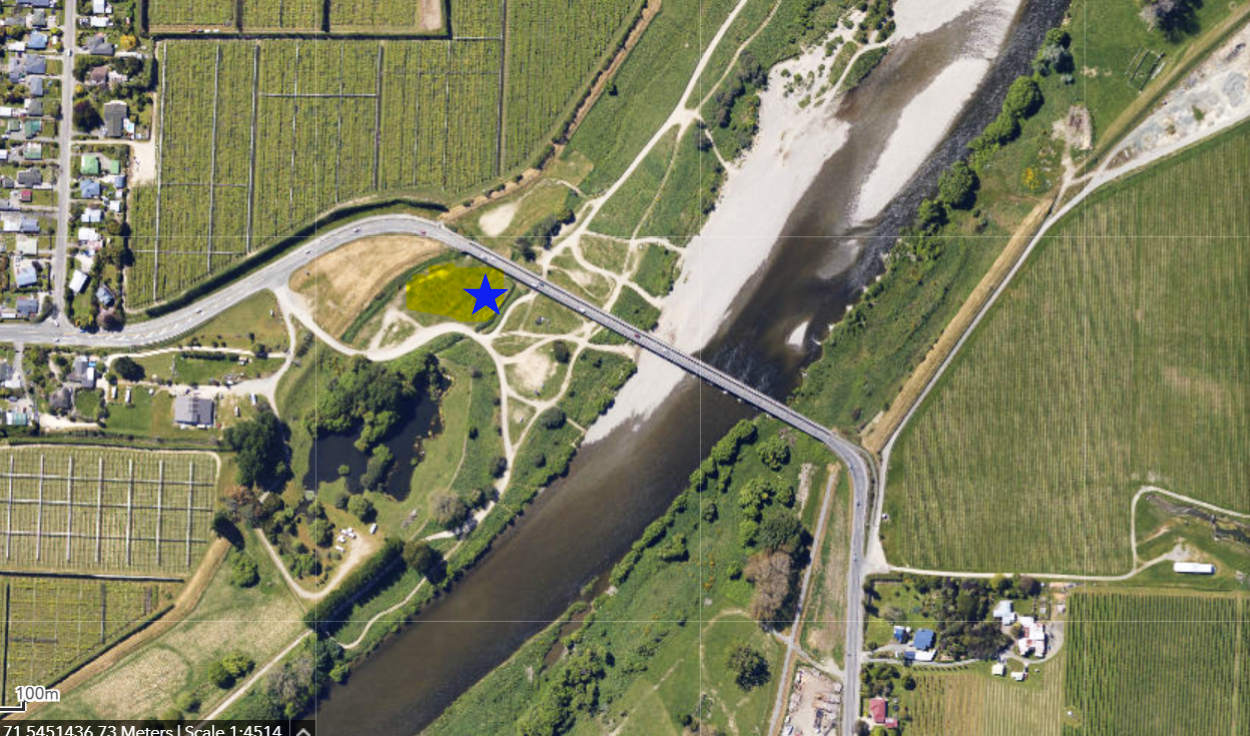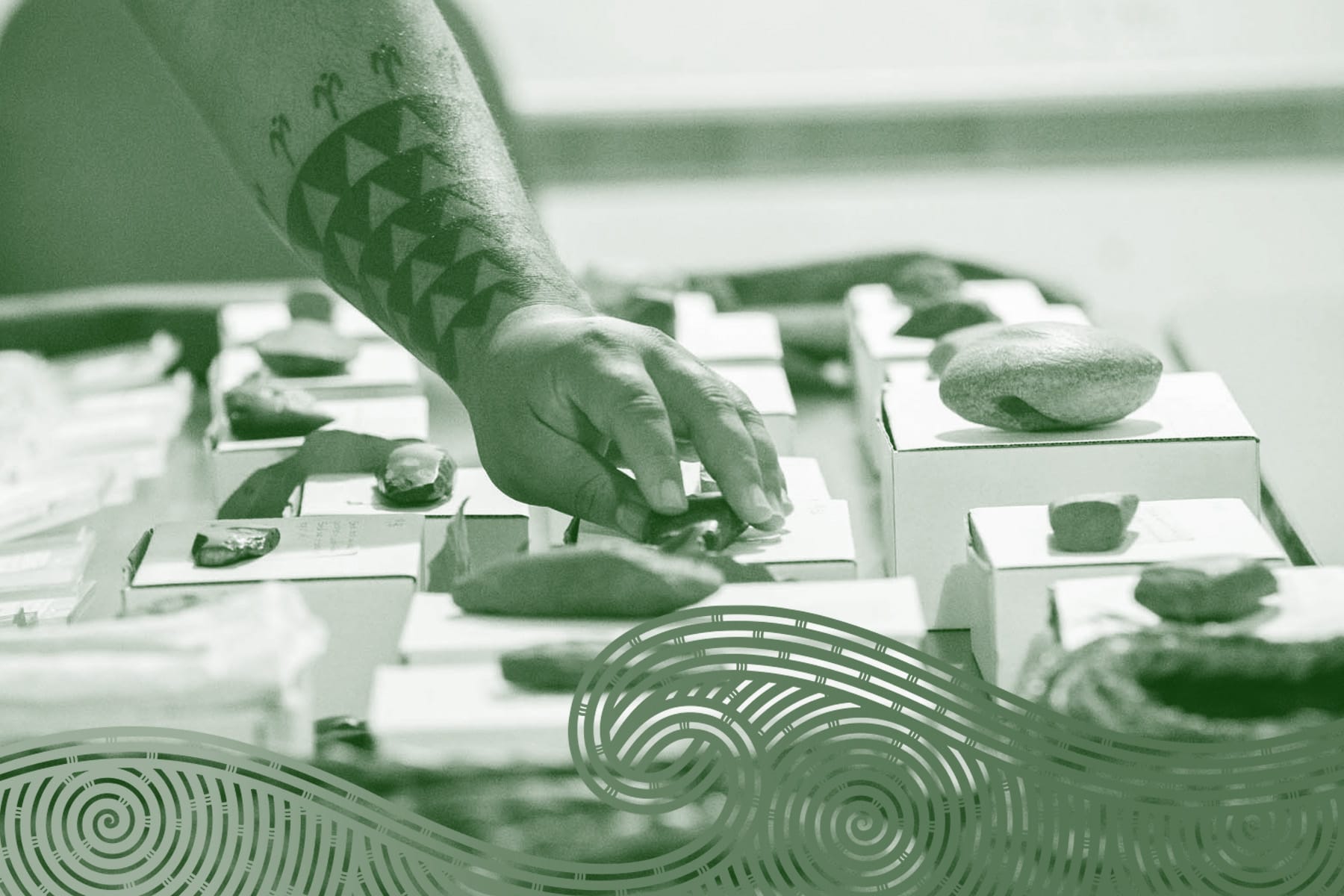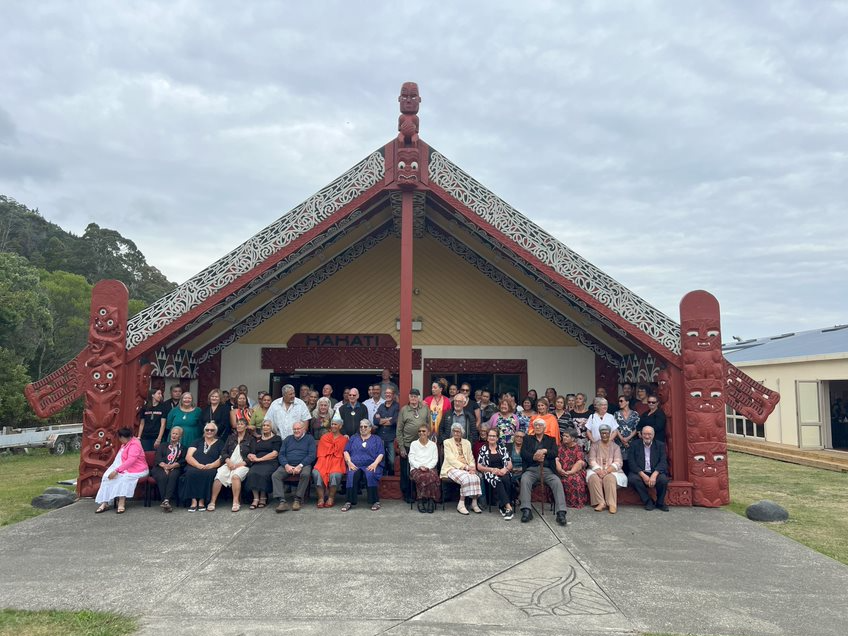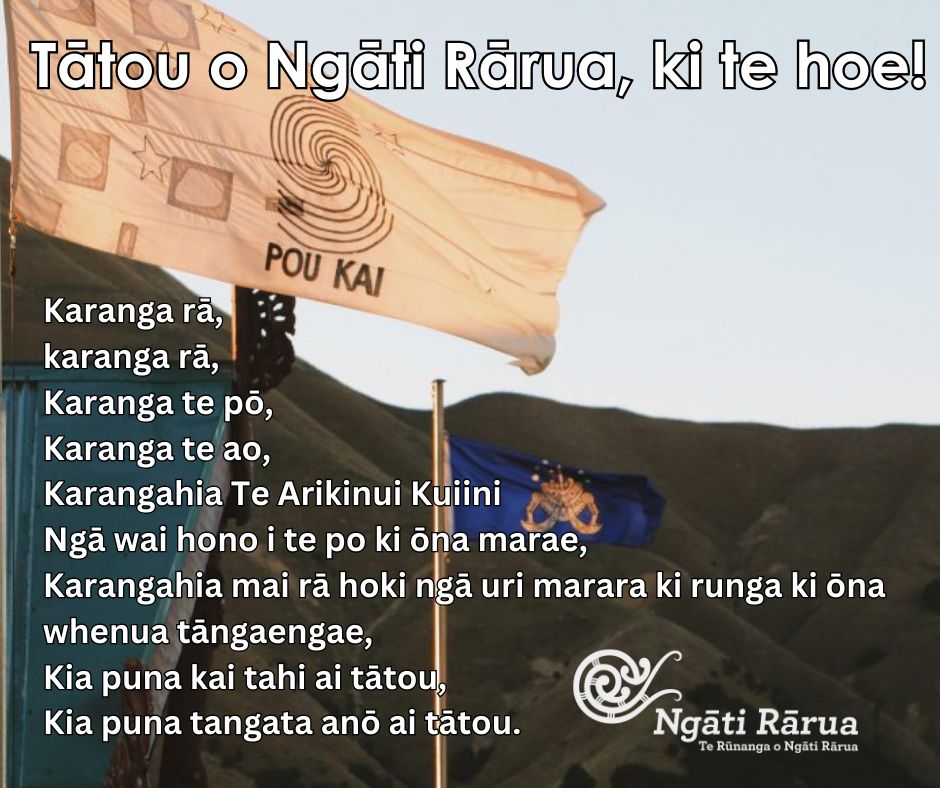Whakawhanaungatanga: Time well spent at kaumātua noho
Whakawhanaungatanga: Time well spent at Kaumātua noho
In late March kaumātua from across Te Tauihu gathered together at the Vintner’s Hotel in Wairau for a wānanga on sites of significance To Ngāti Rārua.
It was Ngāti Rārua’s turn to host the event, following previous visits to French Pass and Mohua in previous years hosted by other Te Tauihu iwi.
Kaimahi from Te Rūnanga o Ngāti Rārua meet manuhiri and showed them to their rooms. After a relaxed welcome and shared kai on Friday night, the itinerary for Saturday was busy. Arthur Phillips, Luke Lee and Lorraine Eade were our expert tour guides.
After a karakia to greet the day, first stop was Wairau Bar for a kōrero about the history and the importance of the area for Ngāti Rārua. We learned about navigating the bar, food gathering and cultivation sites, and how the site had changed over the years.
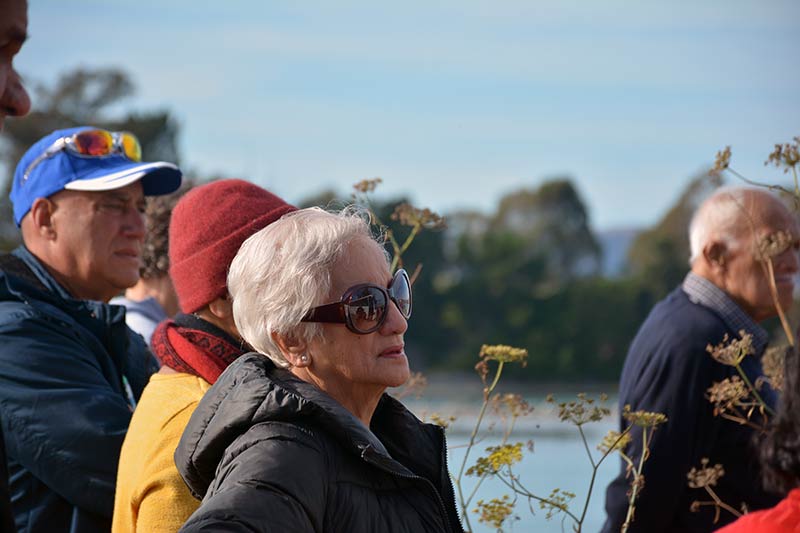
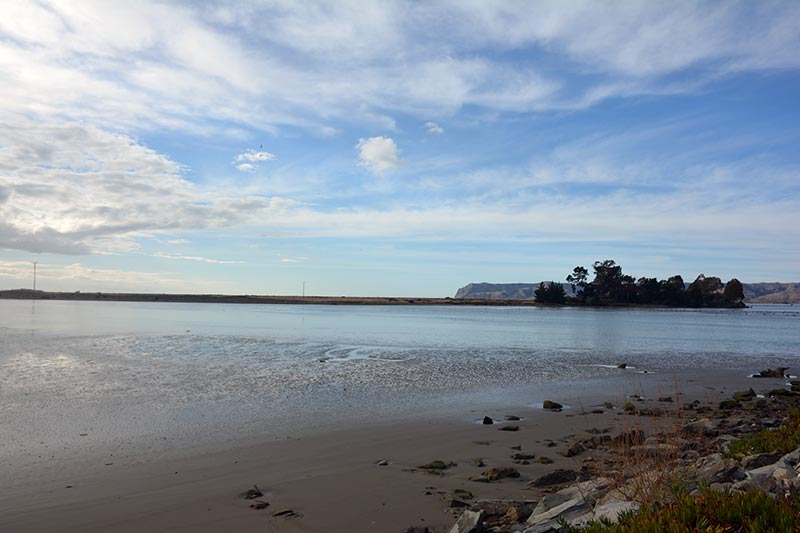
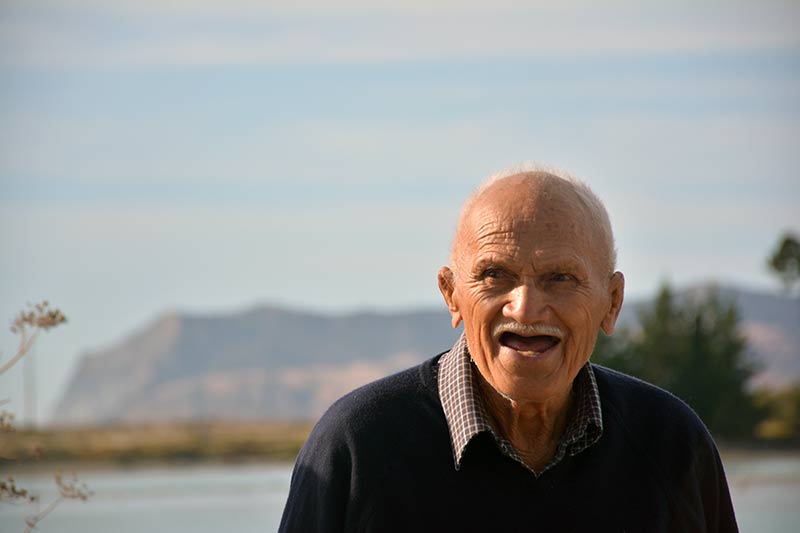
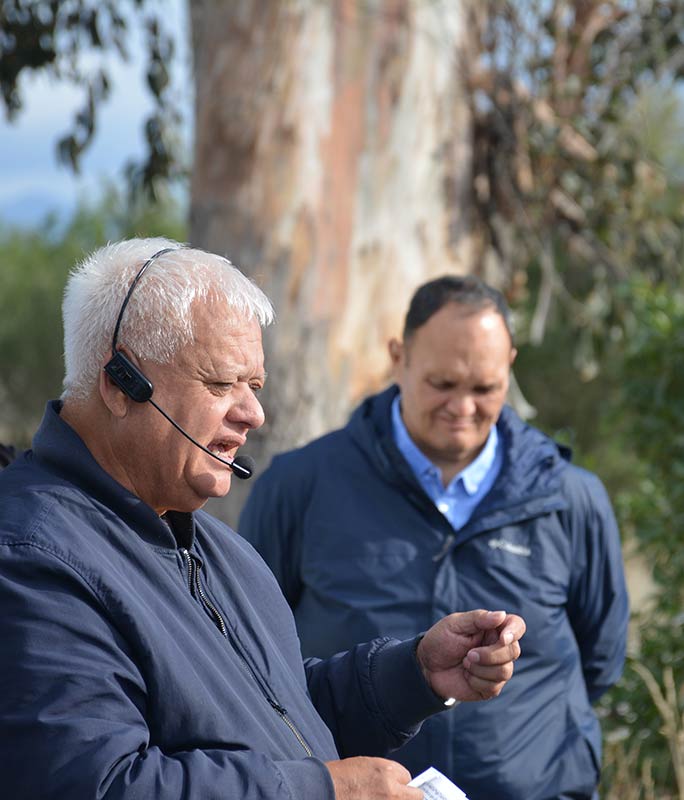
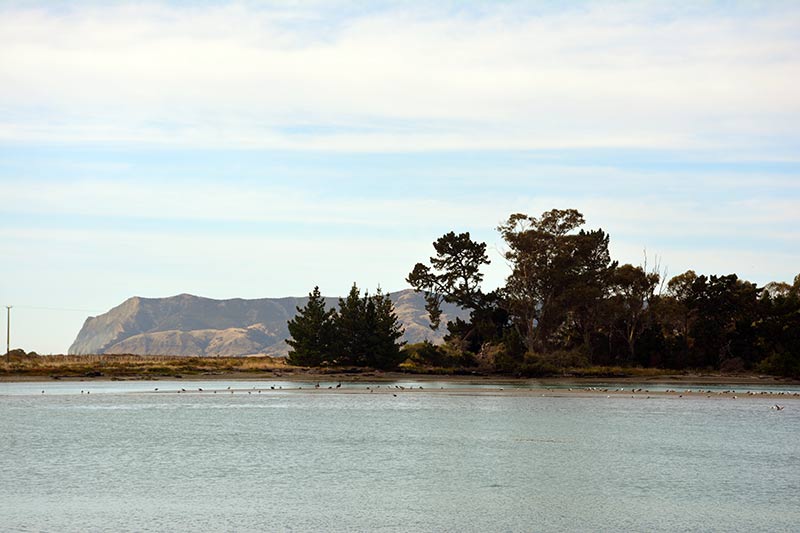
The tour also went past the White Bridges and the township sections before stopping outside the Wairau Pā marae for a brief history, the schoolhouse and some memories of people who lived nearby. The frequent flooding of the site was recalled by many of the group.
Next was Parerārua to see the building development and learn the history around Hauhunga. Several of the group climbed the stopbank for an elevated view, while others collected fruit from nearby trees.
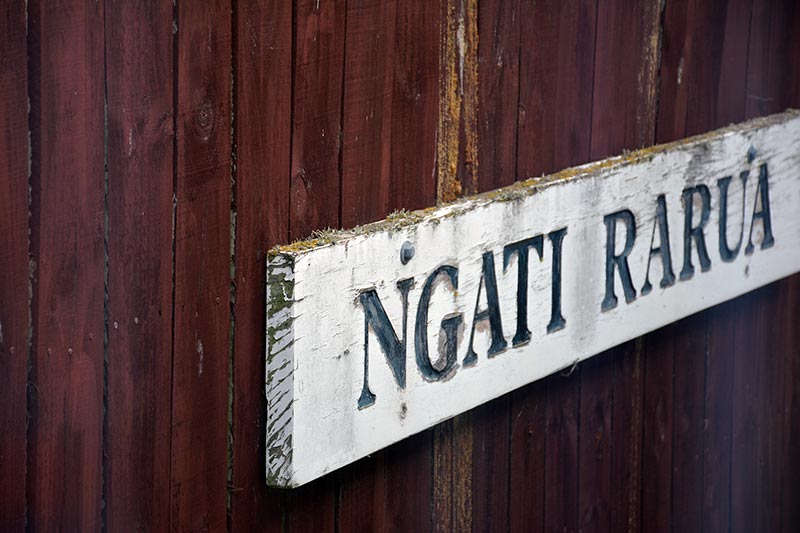
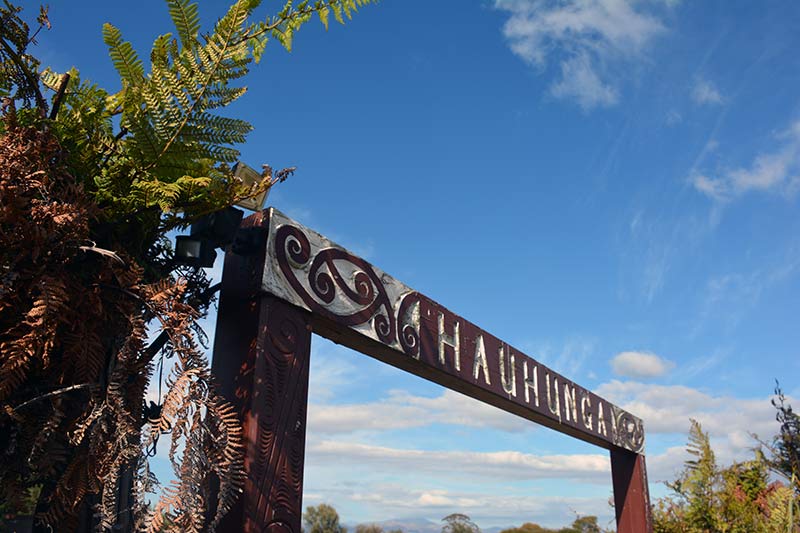
After this we stopped at the original entrance to the marae, and were told of the small hut that used to accommodate anyone who had been drinking – they weren’t allowed on the pa and had to spend the night there.
Next stop was Horapakihi, and the fascinating history of the family who lived there and the landmark case of whāngai succession, before a stop in Rarangi and an introduction to the Pukatea block. The access was steep, and the only way in used to be horse or on foot.
The history of the Puketea Block is an all-to familiar one for Rangitāne a Wairau, Ngāti Toa Rangatira and Ngāti Rārua: various promises made and not delivered on, Land Court disputes and protracted negotiations.
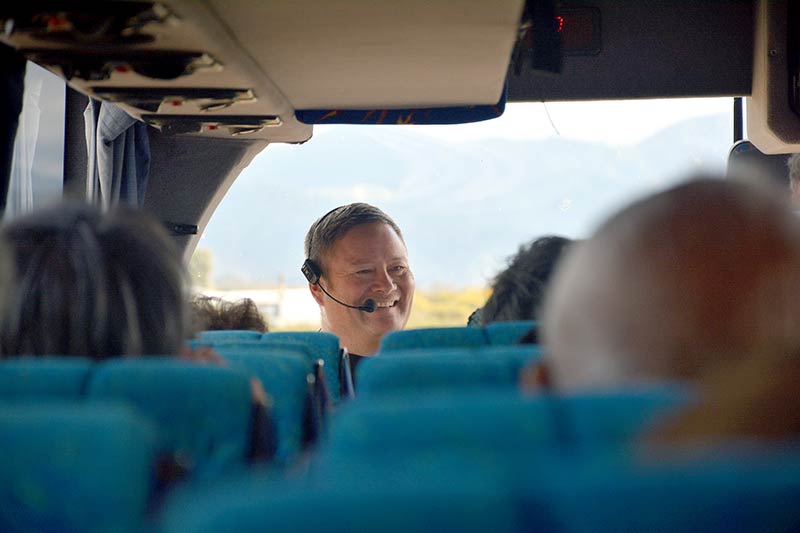
One of the positive outcomes was that an area slightly further along the road – Pukatea / Whites Bay – was secured for all people to use for recreation. This truly gorgeous spot now hosts a DOC camping ground, and an old telegraph office, which was the site of the first telegraphic link between the North and South Islands in 1866.
It was here the group shared kai poupoutanga o te wai and had some time to rest and relax in the warm afternoon sun before heading back over the steep hill to Rarangi, and onto Tuamarino. Originally referred to as the Wairau massacre, then the Wairau incident, and now the Wairau affray, there are many well-documented tales of the dubious land purchase which contributed to the dispute and deaths of Māori and Pakeha.
Our last stop was the new pouwhenua and manawhenua interpretation panels at the new Ōpaoa Bridge.
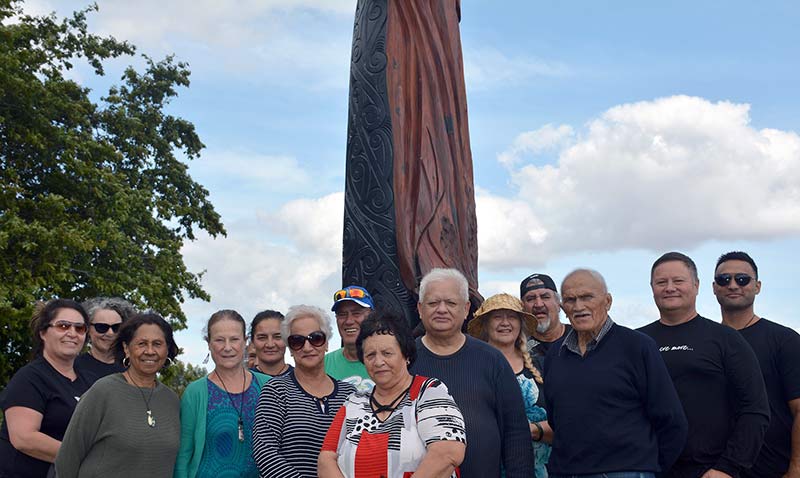
After a well-earned rest a hakari was held in the dining hall for reflections, laughter and waiata.
Tour guide Arthur Phillips said the noho was time well spent. Social occasions were important for keeping in touch and keeping the stories alive, he said.
“The highlight for today was about the kaumātua coming together, listening to our history. It’s understanding that we’re actually closer than we ever have been.”
Josie, one of the many participants on the tour, also gave positive feedback:
“I enjoyed learning the history, I enjoyed going out to the [Wairau] Bar.
“I’d never been out there before. And I enjoyed the hospitality – it’s been brilliant – a wonderful weekend.”
Further reading
- The Wairau Affray – Te Puna Mātauranga o Aotearoa National Library
- Digital NZ resources – digitised material from collections around New Zealand


